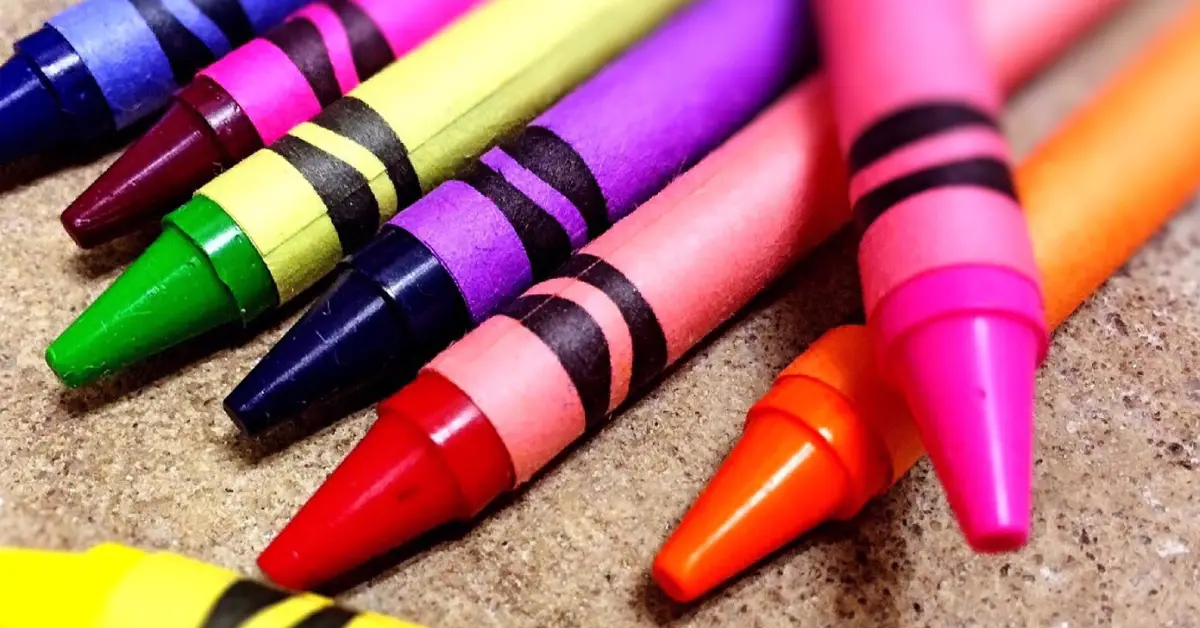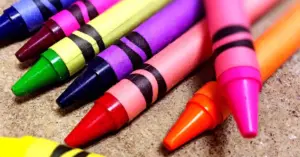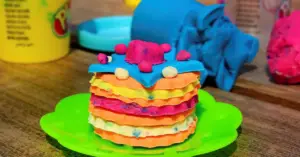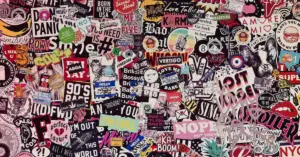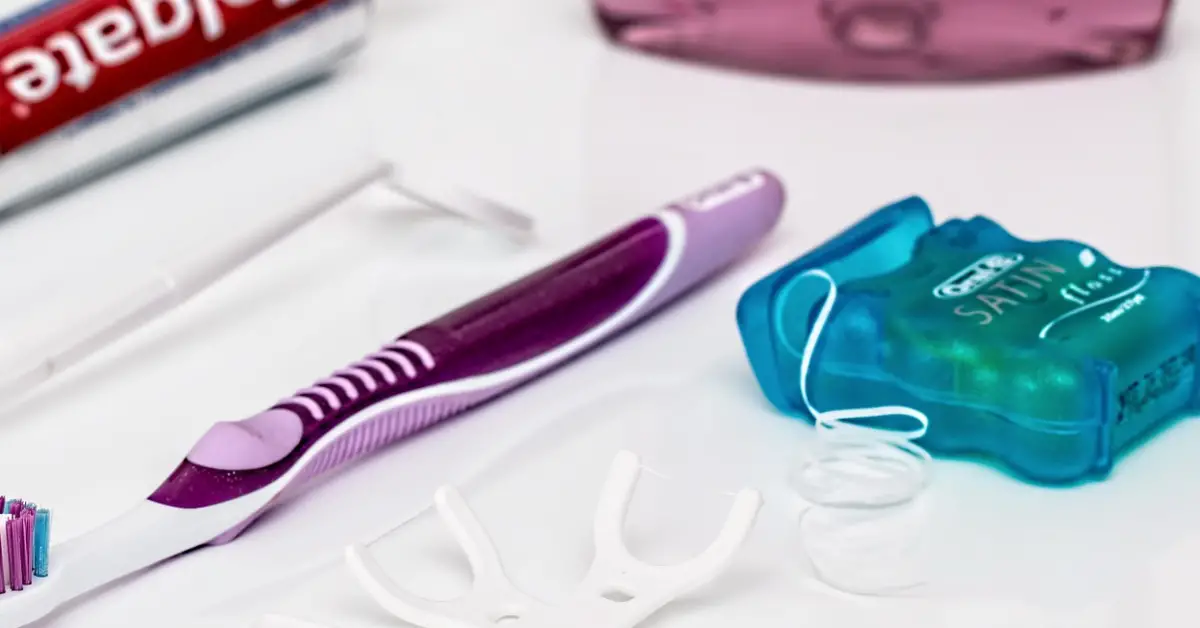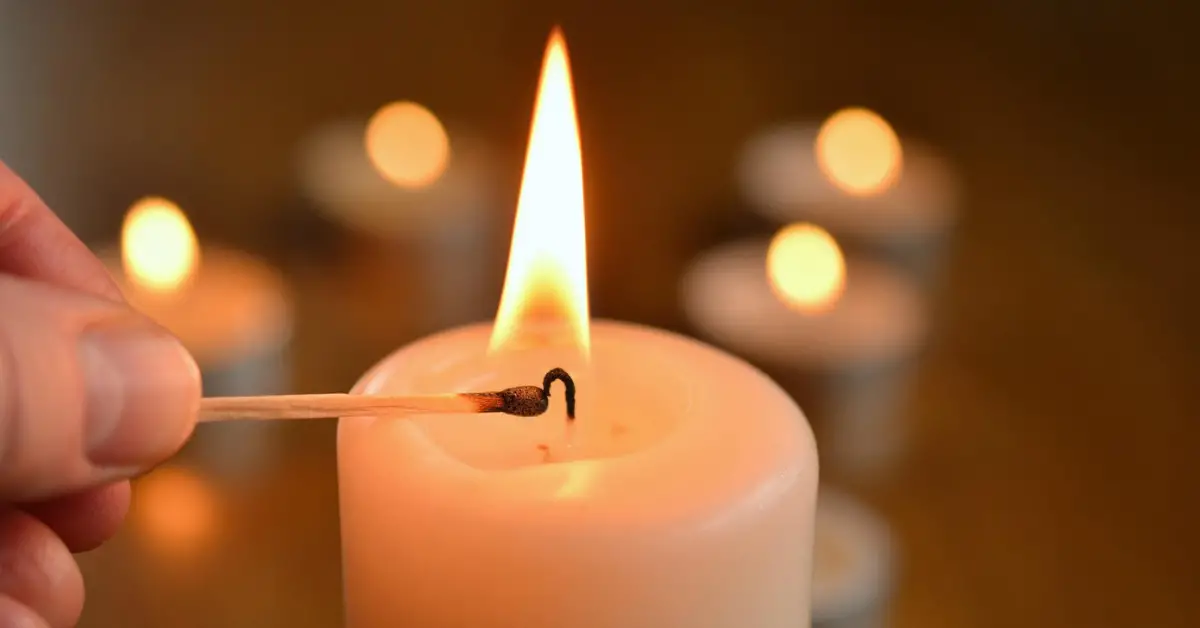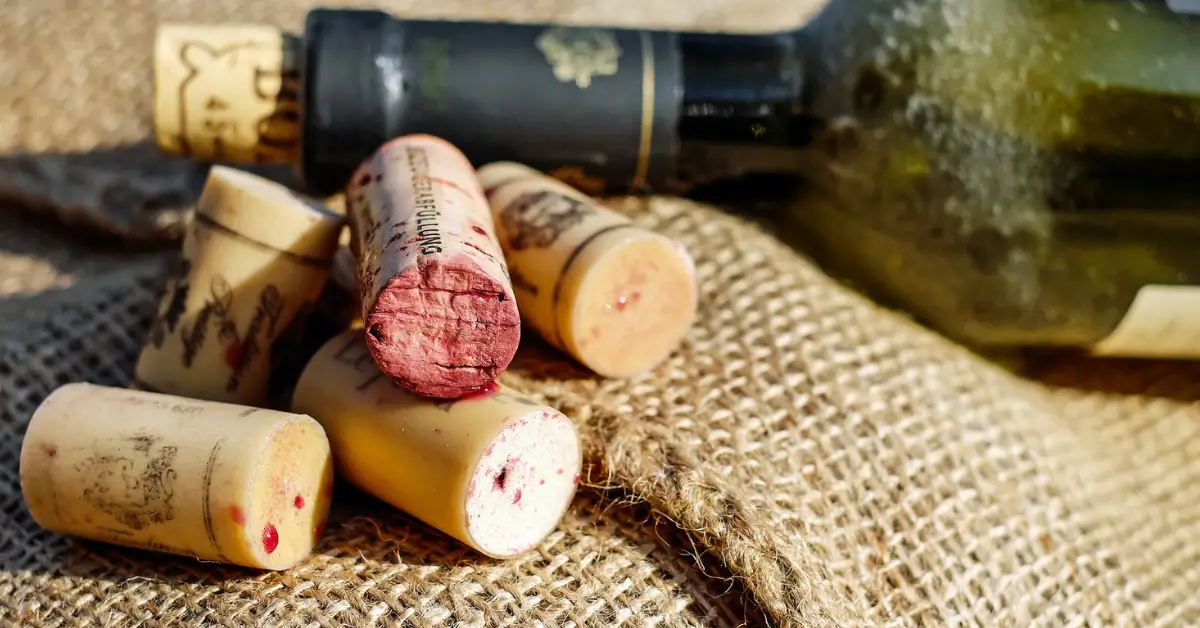Popular with children and experienced artists alike, crayons make for great drawings. Unfortunately, like all great things – they don’t last forever. Many people are unaware that crayons can be recycled. Often, they end up in the trash and, ultimately, landfill. Specialist programs are available, or you can even recycle them at home yourself! Here we have a look into the finer details of crayon recycling…
Firstly, what are crayons made of?
The vast majority of crayons are made from paraffin wax and coloring. Paraffin wax is derived from fossil fuels and is neither biodegradable nor compostable – not the most environmentally friendly material out there!
Thankfully, more eco-friendly (but not perfect…) crayons are becoming available. These are, generally, made from natural waxes such as beeswax and soy wax. As well as being biodegradable, they also have the added bonus of a much more pleasant smell.
So, can you recycle crayons?
Crayons, much like a lot of items, is not suitable for typical curbside collections – local recycling centers specialize in the more common household waste items such as cardboard and plastic bottles. However, if in doubt, as always, check with your local center. Rules and regulations regarding recycling differ massively from area to area. If it is definitely a no-no in your local area, don’t fear. There are options!
Crayola, the top crayon brand, unfortunately do not have a recycling program for their crayons. However, Crazy Crayons and the National Crayon Recycling Program have come to the rescue! They collect any crayon (broken, unused or otherwise) and recycle them into brand new, shiny crayons. It helps them out if you sort them by color, but you don’t have to. You can simply box them up (as many or as little as you have) and send them in. They take care of the rest!
If you are in the UK there are more local options. Scotland-based Moray Melts are one. Simply send in your old crayons and they will make brand new crayons with them, diverting them from landfill in the process.
You can even recycle them yourself at home!
Why not make your own new crayons out of the remnants of your old ones? It is much easier than it sounds – and makes fun activity for you and your little one/s (whilst opening the conversation on environmental and waste issues at the same time).
Remove any paper and place the (broken up) crayon pieces in a silicone ice cube tray. Heat in the oven at 250 degrees (F) for about 15 minutes, or until they have melted. Once removed safely from the oven you can either pop them in the freezer for about half an hour until they harden or just leave them to harden at room temperature. Pop them out the tray and voila – home recycled crayons! For a more in depth, step-by-step process have a look here.
If you have crayons made of beeswax or soy wax….
For the more eco-friendly variety of crayons there is another option…composting! Since beeswax and soy wax crayons are made from natural materials they are biodegradable and, much like natural candles, they are fit for the compost pile.
Natural waxes fall into the carbon-rich ’browns’ category. It is important to ensure you have suitable proportions of both ‘browns’ and ‘greens’ in the mix. Too much carbon-richness can lead to a dry pile, whilst too many ‘greens’ can result in a slimy (and quite smelly) mess! Some experimentation is required, but you won’t go far wrong with a 1:1 ratio. Monitor it and make alterations as you go.
As far as composting goes, natural waxes, in general, are quite simple. Beeswax should only take a matter of weeks – or months. If you are new to the composting world, we have answered some of the commonly asked beginners questions here.
The bottom line
Crayons are usually made from paraffin wax – not an ideal environmental choice. In terms of their disposal, recycling is an option but only via specialist crayon recycling programs. Or alternatively, why not recycle them at home and make your own new crayons with the old ends? Natural crayons, whilst not recyclable at the curbside, offers a different recycling option. Beeswax and soy wax crayons can be composted to contribute to some homemade fertilizer.

